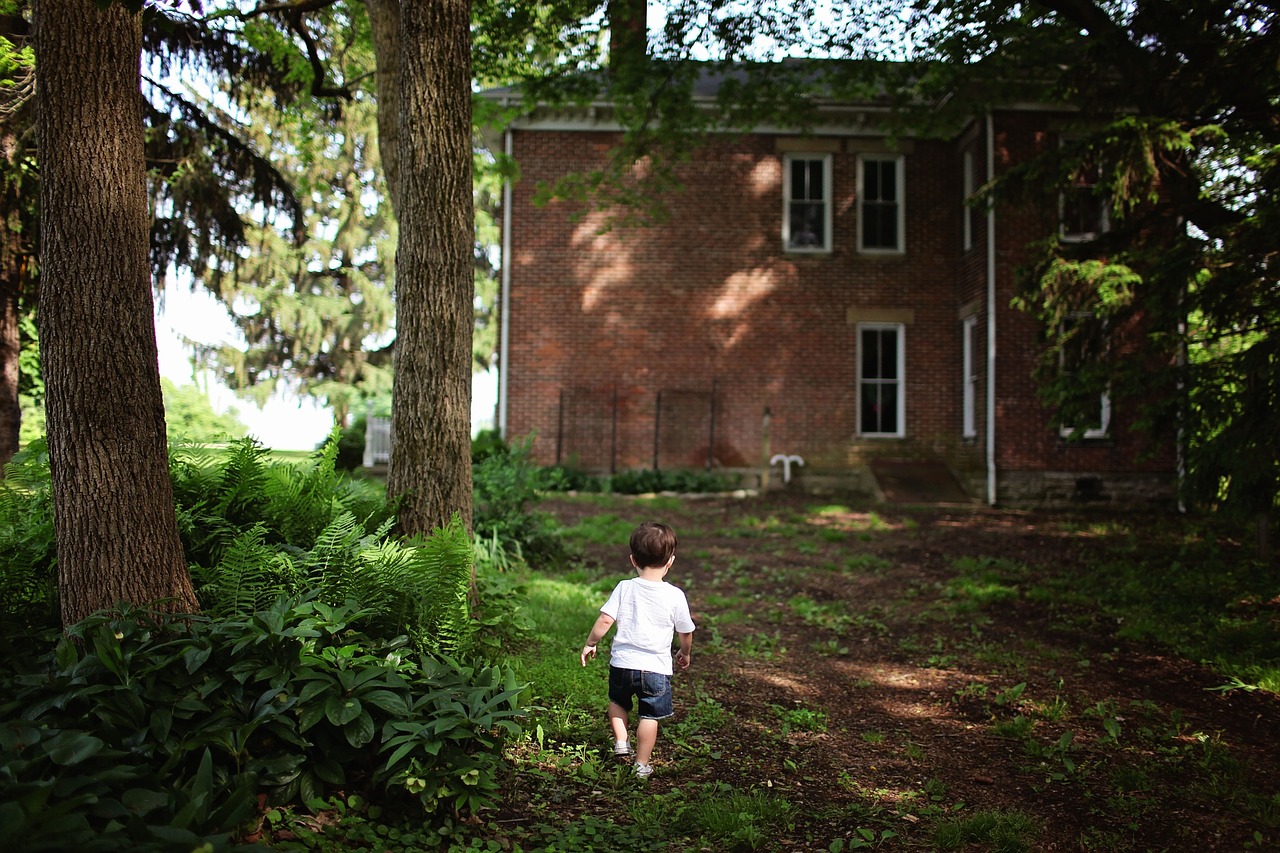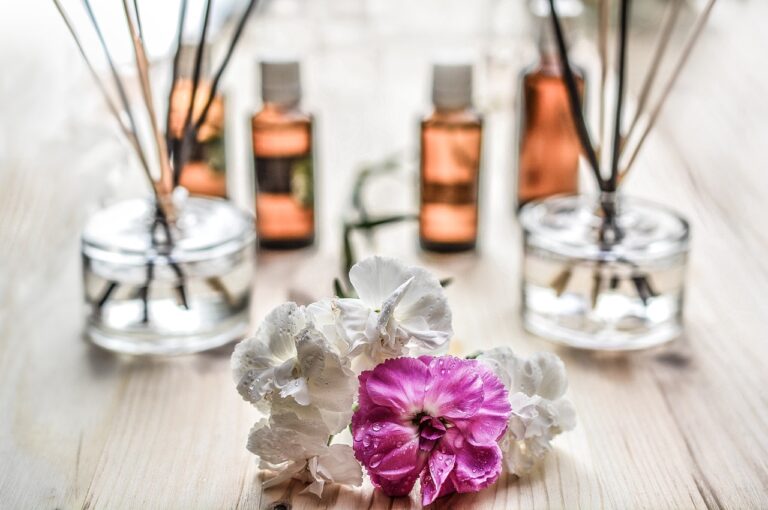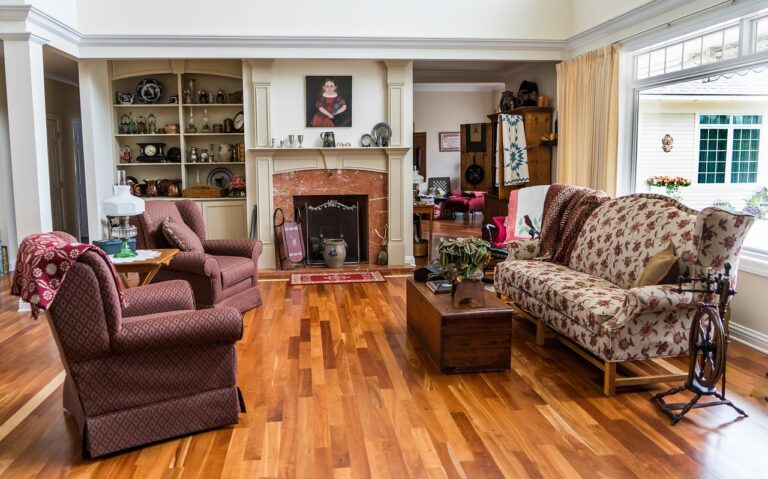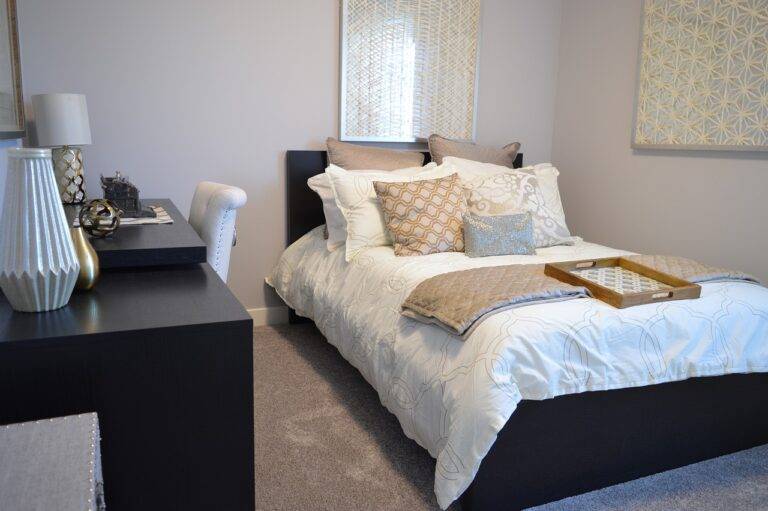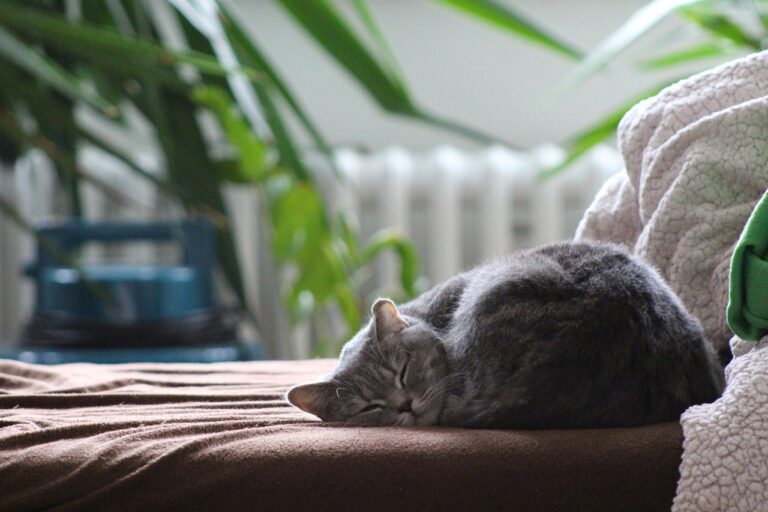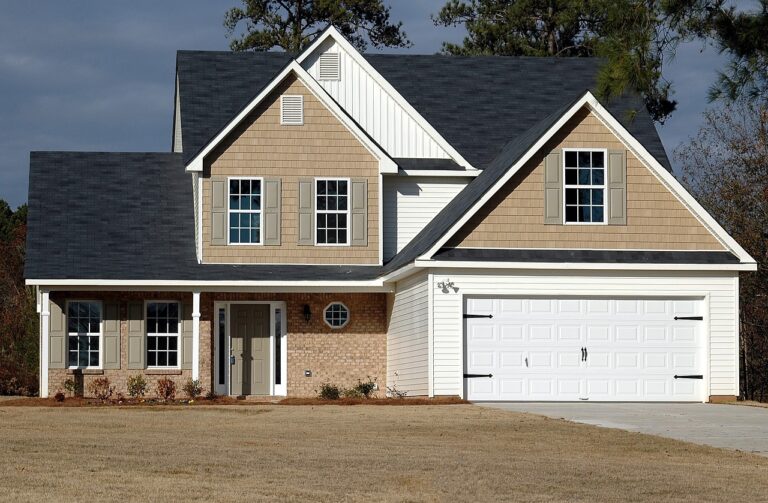How to Create a Vertical Indoor Herb Garden: Bringing Fresh Flavors to Your Cooking
When designing your vertical herb garden, consider factors like available sunlight, access to water, and the weight-bearing capacity of your chosen structure. Most herbs need at least 6-8 hours of sunlight a day, so ensure your vertical garden receives adequate light to thrive. Before planting, assess the structural integrity of your chosen wall or hanging system to support the weight of the herbs, soil, and water.
When selecting containers for your vertical herb garden, choose ones with sufficient drainage holes to prevent waterlogging. Opt for lightweight pots or planters to minimize strain on your vertical structure. Vertical gardens can be created using various materials like pallets, hanging pockets, or trellises, providing a versatile option for small spaces or enhancing the aesthetics of a room.
Selecting the Right Herbs for Your Space
When it comes to selecting the right herbs for your space, consider the amount of natural light your indoor area receives. Herbs like basil, parsley, and mint thrive in bright, direct sunlight, making them ideal choices for windowsills or areas with ample light. If your space has limited light, opt for herbs such as chives, cilantro, or thyme, which can still grow successfully in more shaded conditions.
Another important factor to consider when selecting herbs for your indoor space is how much maintenance you are willing to dedicate to your garden. Herbs like rosemary and sage are sturdy plants that require minimal care and can withstand inconsistent watering schedules. On the other hand, herbs like basil and cilantro are more delicate and need regular watering and attention to thrive. Choose herbs that align with your level of commitment to gardening to ensure a successful indoor herb garden.
Choosing the Best Location for Your Indoor Garden
When it comes to selecting the best location for your indoor herb garden, sunlight is a crucial factor to consider. Most herbs thrive in at least six hours of sunlight daily, so locating your garden near a sunny window is ideal. South-facing windows usually receive the most sunlight throughout the day and are excellent choices for ensuring your herbs receive adequate light.
In addition to sunlight, it’s important to consider the temperature of the location for your indoor herb garden. Most herbs prefer temperatures between 60-70 degrees Fahrenheit during the day and slightly cooler at night. Avoid placing your herb garden near drafty windows or heating/cooling vents, as fluctuations in temperature can stress the plants. Opt for a well-insulated and consistent temperature spot in your home for the best growth of your indoor herb garden.
How do I plan my vertical herb garden?
To plan your vertical herb garden, consider the amount of space you have available, the amount of sunlight the location receives, and the types of herbs you want to grow. You can also choose to use a vertical herb garden kit for easy setup.
What herbs are best for indoor gardening?
Some herbs that are well-suited for indoor gardening include basil, parsley, mint, chives, and thyme. These herbs typically thrive in indoor environments and can be easily grown in containers.
How do I choose the best location for my indoor garden?
When choosing a location for your indoor garden, consider the amount of sunlight the area receives, the temperature of the room, and the humidity levels. Ideally, you’ll want to place your indoor garden in a spot that receives at least 6-8 hours of sunlight per day and is away from drafts or extreme temperature fluctuations.

